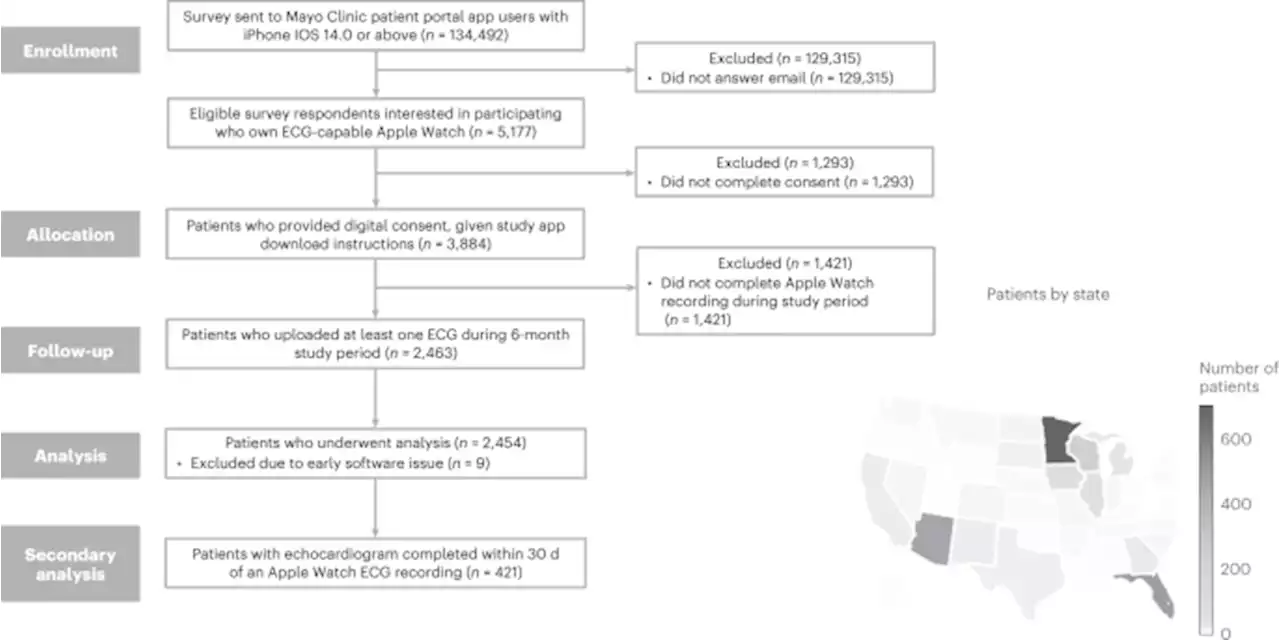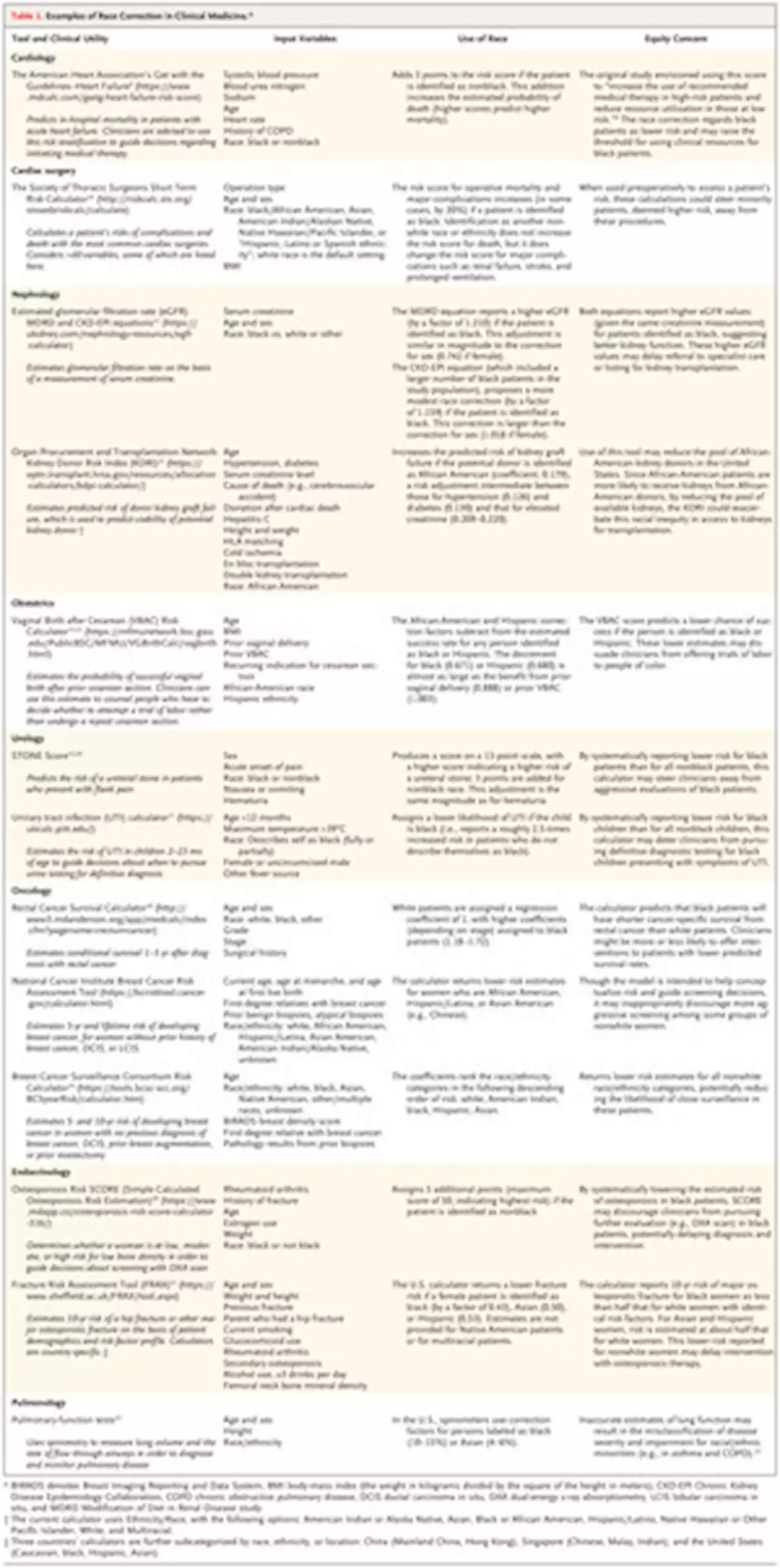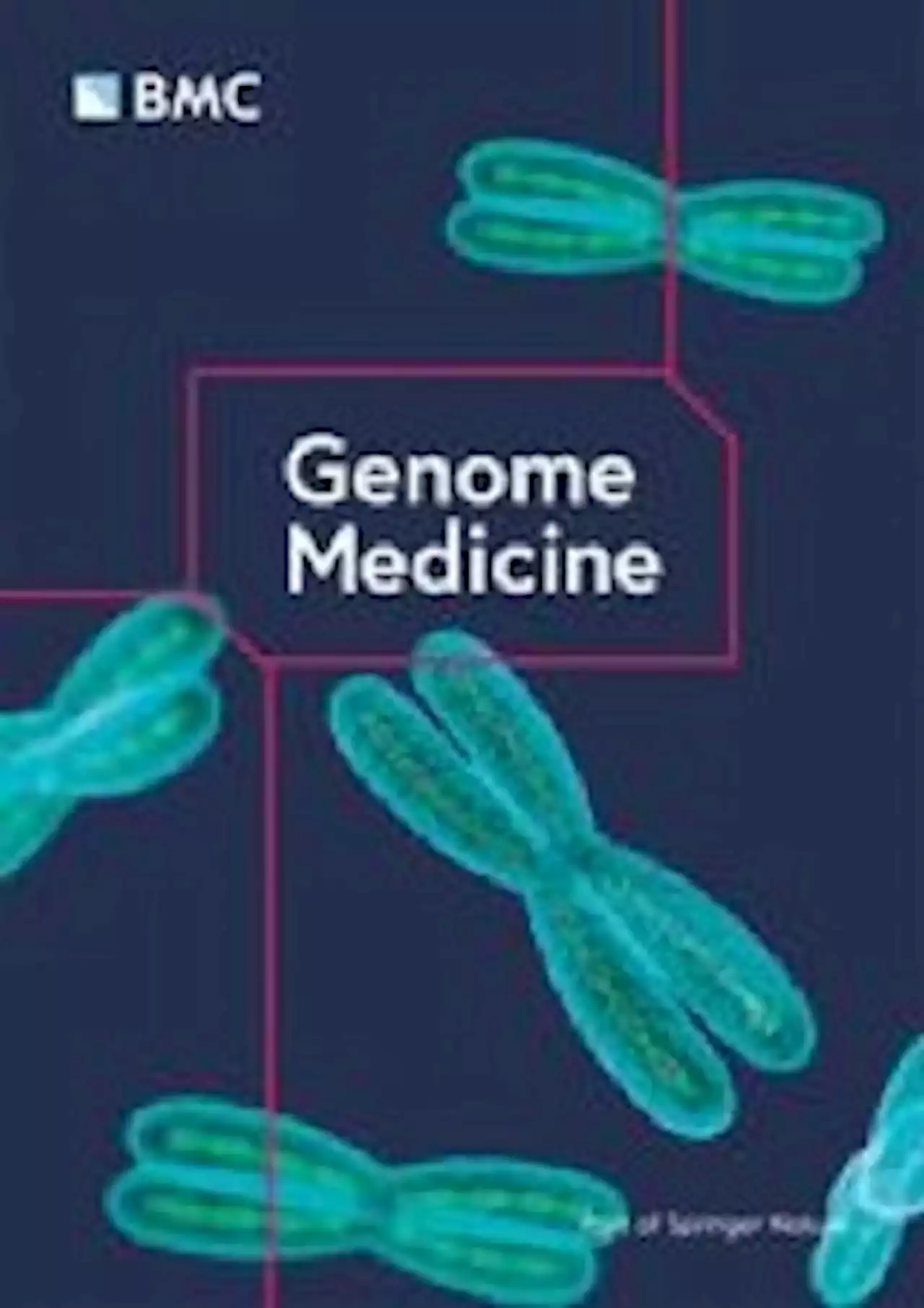During the Bionow Oncology and PrecisionMedicine Conferences 2022 we caught up with some of the speakers to learn more... HuddersfieldUni UniofBradford CR_Horizons
Interview conducted by Danielle Ellis, B.Sc.Nov 15 2022 Oncology & Precision Medicine Conferences 2022Alderley Park Conference CentreTuesday 18th & Wednesday 19th October 2022 Over the days of October 18th and 19th, 2022, the Oncology & Precision Medicine Conferences 2022 were held at Alderley Park, Cheshire, UK, by Bionow.
My team’s job is to help researchers get their ideas out of the research lab and into commercial development with industry and investors. We do this via striking collaborations and IP licensing deals with biopharmaceutical companies, AI and diagnostic companies. We also form new start-ups and invest in them via our seed fund. My name is Sherif El-Kamisy. I am a pharmacist in training. I did my Ph.D.
You are currently speaking/presenting/exhibiting at Oncology & Precision Medicine Conferences 2022. Could you tell us a little bit more about what you are exhibiting/presenting? At the Institute of Cancer Therapeutics, we focus on three main pillars; the basic discovery signs, making molecules and drugs for targets, target validation, and the preclinical development.What I talked about today is mainly the discovery signs.
There are many challenges to overcome, not just in terms of how you apply precision medicine to patients but also in terms of drug discovery. - Professor Roger Phillips What did we see during the pandemic? We saw a lot of the labs close and stop operations. Despite this, we initially saw a small spike in invention disclosures , which we surmise was due to scientists feeling freed up from the burden working in the lab and having a temporary window to think about translational ideas. However, once we got through that spike, the numbers of new ideas began to drop compared to what we were used to seeing as labs remained closely.
To do so, you have to cross two innovation gaps. You've got to bridge the first gap in order to get an idea out of the research lab and turned into a product, but then you have a second challenge to get it adopted by the NHS. CRUK, working with other stakeholders, has recently published an early detection road map for cancer that suggests a whole suite of things that need to change to fix these issues and bridge these gaps.
This is not to say however, that we have it all sorted. Cancer still kills 26,000 people a day globally. We need more research into some of the fundamental challenges in cancer such as understanding metastasis. For this reason we have our global ‘Cancer Grand Challenges’ programme that we jointly fund with the NCI in the USA.
United Kingdom Latest News, United Kingdom Headlines
Similar News:You can also read news stories similar to this one that we have collected from other news sources.
 Staples: Want chaos in the College Football Playoff? Here's your guideIt's no secret that college football fans derive pleasure for being agents of chaos. Enter Andy_Staples, who worked hard to create the ideal chaos guide for fans to root for in order to turn the College Football Playoff field upside down.
Staples: Want chaos in the College Football Playoff? Here's your guideIt's no secret that college football fans derive pleasure for being agents of chaos. Enter Andy_Staples, who worked hard to create the ideal chaos guide for fans to root for in order to turn the College Football Playoff field upside down.
Read more »
 Prospective evaluation of smartwatch-enabled detection of left ventricular dysfunction - Nature MedicineIn this proof-of-concept prospective study, single-lead electrocardiograms obtained by smartwatches were able to identify individuals with left ventricular dysfunction, potentially serving as an early warning system for heart failure.
Prospective evaluation of smartwatch-enabled detection of left ventricular dysfunction - Nature MedicineIn this proof-of-concept prospective study, single-lead electrocardiograms obtained by smartwatches were able to identify individuals with left ventricular dysfunction, potentially serving as an early warning system for heart failure.
Read more »
 Hidden in Plain Sight — Reconsidering the Use of Race Correction in Clinical Algorithms | NEJMMedicine and Society from The New England Journal of Medicine — Hidden in Plain Sight — Reconsidering the Use of Race Correction in Clinical Algorithms
Hidden in Plain Sight — Reconsidering the Use of Race Correction in Clinical Algorithms | NEJMMedicine and Society from The New England Journal of Medicine — Hidden in Plain Sight — Reconsidering the Use of Race Correction in Clinical Algorithms
Read more »
 NI's health service 'in a dangerous situation' after major incident at hospitalA leading medic has said someone needs to take charge of Northern Ireland’s health service in the absence of an Executive at Stormont.
NI's health service 'in a dangerous situation' after major incident at hospitalA leading medic has said someone needs to take charge of Northern Ireland’s health service in the absence of an Executive at Stormont.
Read more »
 Russia has used more than 400 Iranian suicide drones to target civilians in UkraineWestern sources say Russia is now having to restrict the number of drones and other precision munitions it is using because of supply issues
Russia has used more than 400 Iranian suicide drones to target civilians in UkraineWestern sources say Russia is now having to restrict the number of drones and other precision munitions it is using because of supply issues
Read more »
 Longitudinal multi-omics analysis identifies early blood-based predictors of anti-TNF therapy response in inflammatory bowel disease - Genome MedicineBackground and aims Treatment with tumor necrosis factor α (TNFα) antagonists in IBD patients suffers from primary non-response rates of up to 40%. Biomarkers for early prediction of therapy success are missing. We investigated the dynamics of gene expression and DNA methylation in blood samples of IBD patients treated with the TNF antagonist infliximab and analyzed the predictive potential regarding therapy outcome. Methods We performed a longitudinal, blood-based multi-omics study in two prospective IBD patient cohorts receiving first-time infliximab therapy (discovery: 14 patients, replication: 23 patients). Samples were collected at up to 7 time points (from baseline to 14 weeks after therapy induction). RNA-sequencing and genome-wide DNA methylation data were analyzed and correlated with clinical remission at week 14 as a primary endpoint. Results We found no consistent ex ante predictive signature across the two cohorts. Longitudinally upregulated transcripts in the non-remitter group comprised TH2- and eosinophil-related genes including ALOX15, FCER1A, and OLIG2. Network construction identified transcript modules that were coherently expressed at baseline and in non-remitting patients but were disrupted at early time points in remitting patients. These modules reflected processes such as interferon signaling, erythropoiesis, and platelet aggregation. DNA methylation analysis identified remission-specific temporal changes, which partially overlapped with transcriptomic signals. Machine learning approaches identified features from differentially expressed genes cis-linked to DNA methylation changes at week 2 as a robust predictor of therapy outcome at week 14, which was validated in a publicly available dataset of 20 infliximab-treated CD patients. Conclusions Integrative multi-omics analysis reveals early shifts of gene expression and DNA methylation as predictors for efficient response to anti-TNF treatment. Lack of such signatures might be used to identify p
Longitudinal multi-omics analysis identifies early blood-based predictors of anti-TNF therapy response in inflammatory bowel disease - Genome MedicineBackground and aims Treatment with tumor necrosis factor α (TNFα) antagonists in IBD patients suffers from primary non-response rates of up to 40%. Biomarkers for early prediction of therapy success are missing. We investigated the dynamics of gene expression and DNA methylation in blood samples of IBD patients treated with the TNF antagonist infliximab and analyzed the predictive potential regarding therapy outcome. Methods We performed a longitudinal, blood-based multi-omics study in two prospective IBD patient cohorts receiving first-time infliximab therapy (discovery: 14 patients, replication: 23 patients). Samples were collected at up to 7 time points (from baseline to 14 weeks after therapy induction). RNA-sequencing and genome-wide DNA methylation data were analyzed and correlated with clinical remission at week 14 as a primary endpoint. Results We found no consistent ex ante predictive signature across the two cohorts. Longitudinally upregulated transcripts in the non-remitter group comprised TH2- and eosinophil-related genes including ALOX15, FCER1A, and OLIG2. Network construction identified transcript modules that were coherently expressed at baseline and in non-remitting patients but were disrupted at early time points in remitting patients. These modules reflected processes such as interferon signaling, erythropoiesis, and platelet aggregation. DNA methylation analysis identified remission-specific temporal changes, which partially overlapped with transcriptomic signals. Machine learning approaches identified features from differentially expressed genes cis-linked to DNA methylation changes at week 2 as a robust predictor of therapy outcome at week 14, which was validated in a publicly available dataset of 20 infliximab-treated CD patients. Conclusions Integrative multi-omics analysis reveals early shifts of gene expression and DNA methylation as predictors for efficient response to anti-TNF treatment. Lack of such signatures might be used to identify p
Read more »
